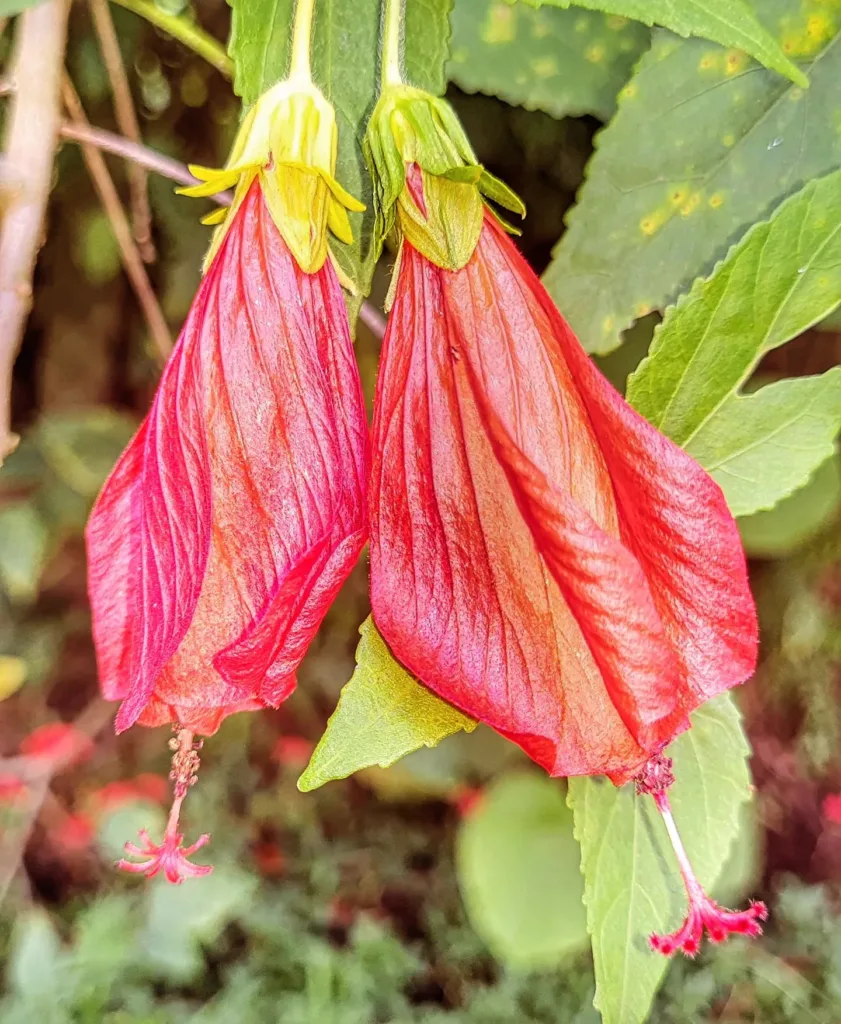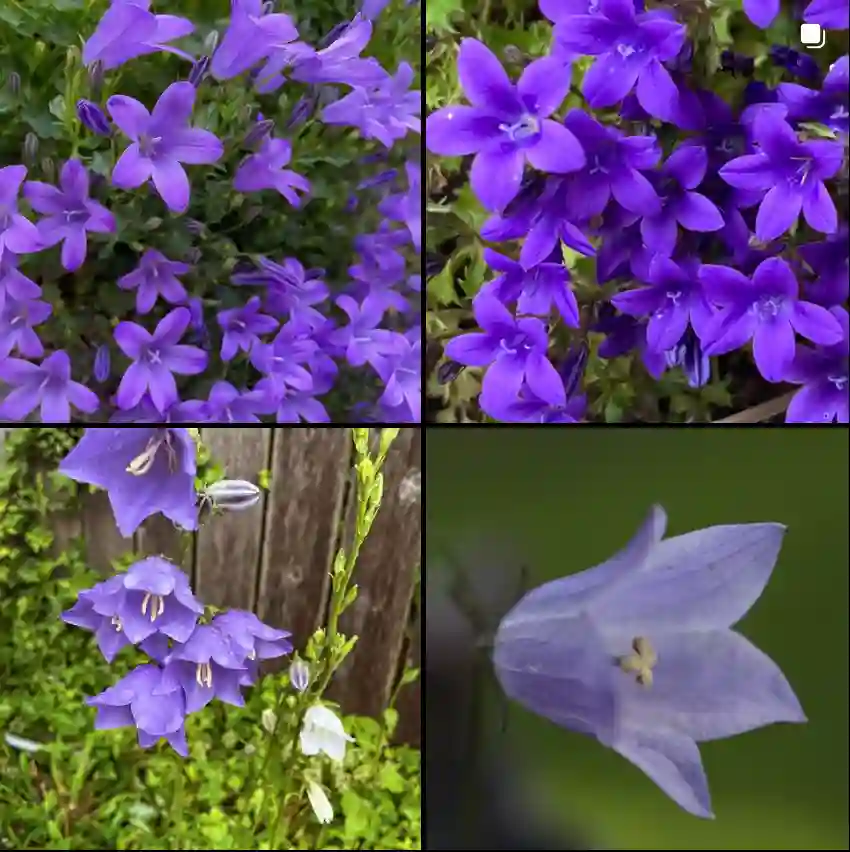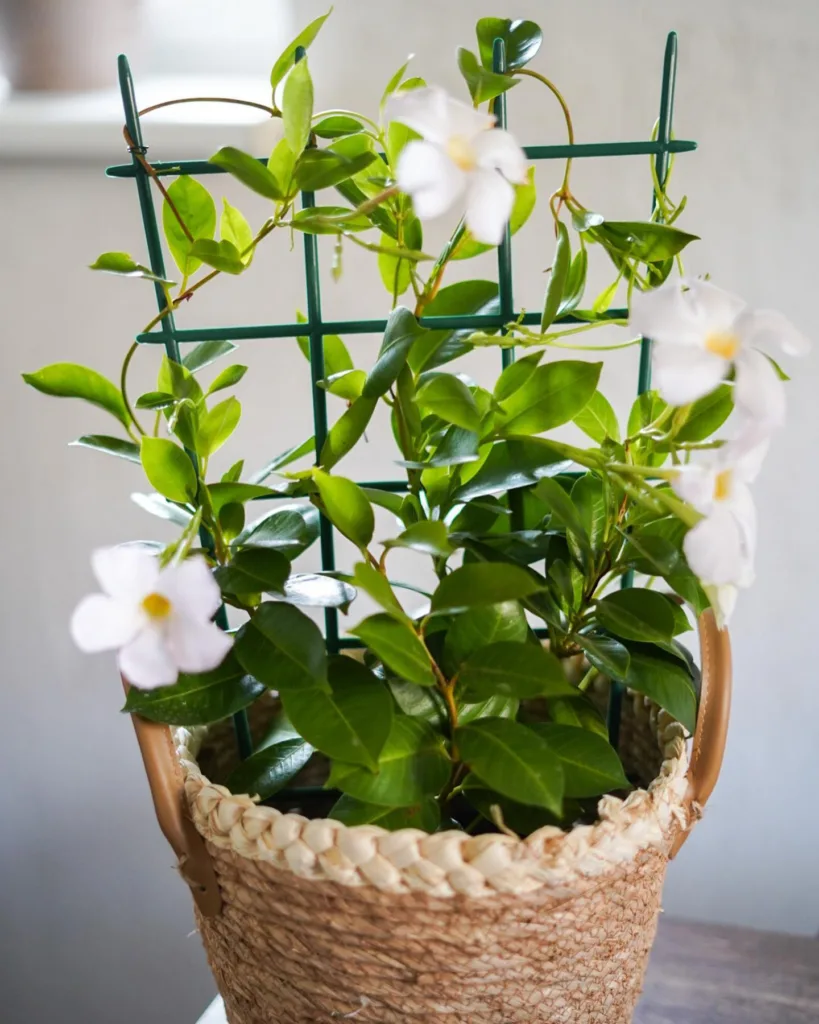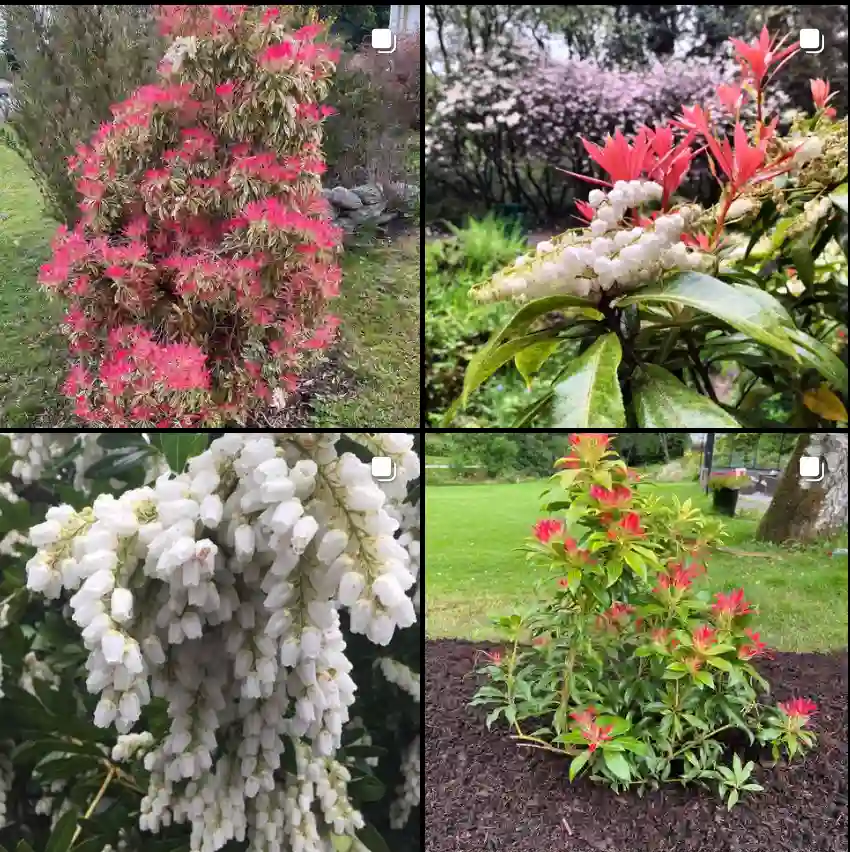FAQs About Koelreuteria Bipinnata: A Personal Take
I’ve always found Koelreuteria Bipinnata, also known as the Chinese flame tree, to be a fascinating plant in my garden. With its ornamental value and versatility, it quickly became one of my favorites. But like any plant, there are questions that often come up about its care, propagation, and common issues. In this article, I’ll walk you through some of the most frequently asked questions based on my experiences.
Plant Family: 143 Genera in Sapindaceae – Soapberry Family
What is Koelreuteria Bipinnata?
Koelreuteria Bipinnata, commonly known as the Chinese flame tree or Bougainvillea goldenrain tree, belong to the Sapindaceae family, is a medium-sized deciduous tree native to eastern Asia. What draws me to this tree is its vibrant display of colors throughout the year. The tree blooms in late summer, producing large, panicle-like clusters of yellow flowers that eventually turn into colorful papery seed pods. These pink or salmon-colored pods persist well into fall, giving the tree an appealing look even when it sheds its leaves.
The bipinnately compound leaves provide a light, airy canopy, making it perfect for adding texture to my landscape without casting too much shade. It grows up to 30-40 feet, which makes it an ideal specimen for gardens with moderate space.
How to Care for Koelreuteria Bipinnata?
When it comes to caring for Koelreuteria Bipinnata, I find it to be a relatively low-maintenance tree. Here are some essential care tips I’ve gathered:
- Sunlight: It thrives best in full sun but can tolerate partial shade. I’ve noticed that the more sunlight it gets, the more vibrant the flowers and seed pods become.
- Watering: Once established, it’s fairly drought-tolerant. However, during its early years, regular watering is essential. I water mine deeply once a week during dry spells.
- Soil: It’s quite adaptable, but well-draining soil works best. In my experience, it does well in loamy or sandy soils.
- Pruning: This tree doesn’t require much pruning unless you want to shape it. I typically prune in late winter or early spring to maintain a healthy structure.
- Fertilizer: It doesn’t demand much fertilization, but I use a balanced slow-release fertilizer in early spring to encourage growth.
How to Propagate Koelreuteria Bipinnata?
One of the things I enjoy about Koelreuteria Bipinnata is how easy it is to propagate. I’ve had success both from seeds and cuttings:
- Seeds: Collect the seeds from the papery pods in the fall. Soak them in warm water for 24 hours to improve germination rates. Plant the seeds in well-draining soil, and within a few weeks, you’ll see sprouts. Keep the soil moist but not waterlogged.
- Cuttings: Take softwood cuttings in early summer. Use a rooting hormone to encourage root development, and plant them in a pot with a mixture of sand and peat. Keep the soil moist and place the pot in a warm, bright spot, but avoid direct sunlight until the cuttings have rooted.
What to Plant with Koelreuteria Bipinnata?
I love pairing Koelreuteria Bipinnata with plants that complement its vibrant colors and textures. In my garden, I’ve planted it alongside Lavender, Russian Sage, and Coneflowers. These plants not only match well visually but also thrive in similar growing conditions.
Lavender, with its silvery foliage and purple blooms, contrasts beautifully with the yellow flowers and pink seed pods. Russian Sage adds height and a pop of bluish-purple, while Coneflowers provide a low-growing, colorful ground cover that looks fantastic beneath the tree.
Is Koelreuteria Bipinnata Toxic?
One common concern I’ve come across is whether Koelreuteria Bipinnata is toxic to pets or humans. Fortunately, it’s considered non-toxic. I have pets, and I’ve never had any issues with them being around this tree. However, I always recommend keeping an eye on pets, especially if they tend to chew on plants.
What Are the Benefits of Koelreuteria Bipinnata?
From an ornamental perspective, Koelreuteria Bipinnata is a gem in any garden. The year-round interest it provides—from the delicate yellow flowers in summer to the bright, persistent seed pods in fall—adds immense visual appeal. Additionally, its pollinator-friendly nature is a huge plus. I’ve noticed plenty of bees and butterflies visiting the tree during its flowering season.
The tree’s drought tolerance is another benefit, making it a great choice for areas that experience water restrictions or dry spells. I’ve found it to be a resilient tree that doesn’t demand constant attention, making it perfect for both novice and experienced gardeners.
Common Problems with Koelreuteria Bipinnata
Though I’ve found this tree to be relatively problem-free, there are a few issues that can pop up:
- Aphids: These small insects can gather on new growth, but I usually spray them off with a strong jet of water or use insecticidal soap if the infestation is severe.
- Root Rot: Overwatering or poorly draining soil can lead to root rot. I make sure the soil around my tree drains well to avoid this.
- Leaf Spot: Occasionally, I’ve noticed leaf spot diseases, especially in humid weather. Ensuring proper air circulation by not planting it too densely with other plants has helped.
Comparing Koelreuteria Bipinnata with Other Trees
Koelreuteria Bipinnata is sometimes confused with Koelreuteria Paniculata, another species in the same genus. While both trees have similar ornamental qualities, Koelreuteria Paniculata, or the goldenrain tree, has a more upright form and blooms slightly earlier. I find Koelreuteria Bipinnata to be more attractive in fall because of its distinctive pink seed pods, while Koelreuteria Paniculata has yellow seed pods.
Final Thoughts
Koelreuteria Bipinnata has become a standout feature in my garden, not only for its beauty but also for its ease of care. Its ability to thrive in various conditions, attract pollinators, and provide year-round visual interest makes it a valuable addition to any landscape. If you’re looking for a tree that offers both ornamental value and low maintenance, this one is a top contender.
If i die, water my plants!



